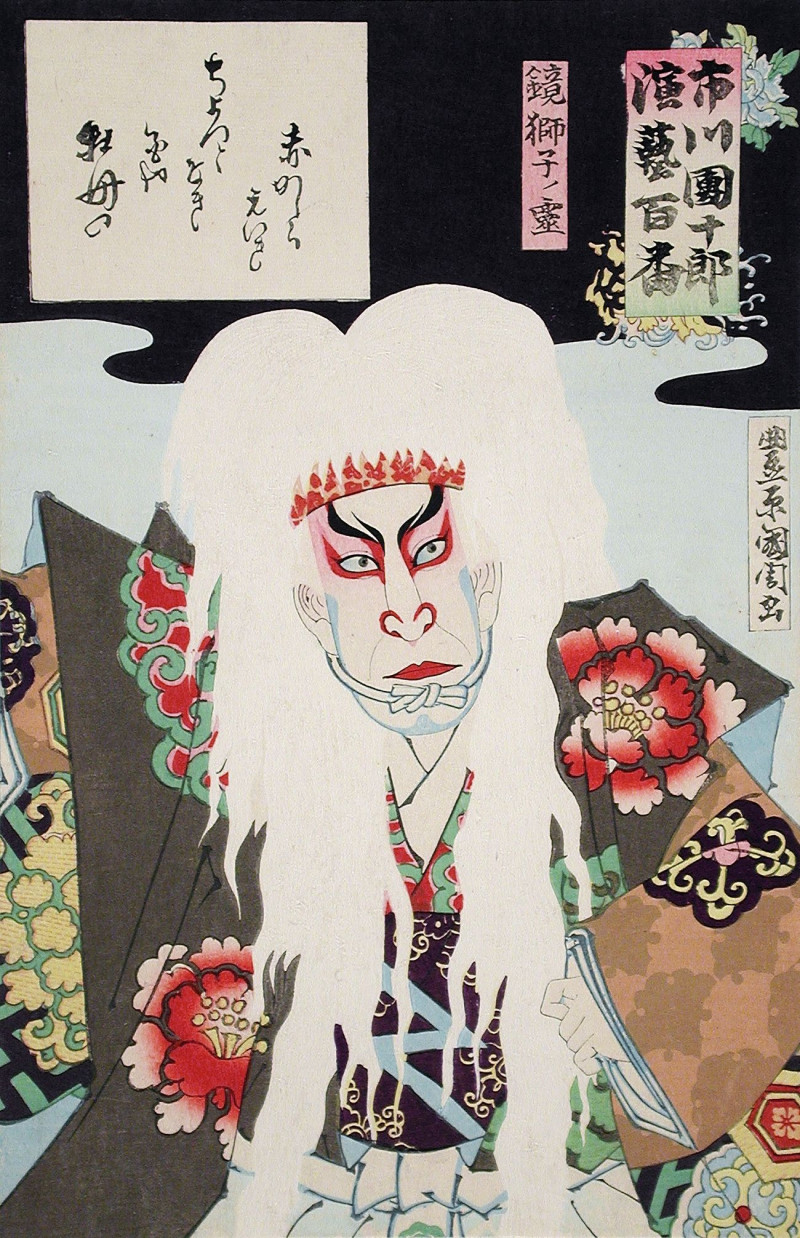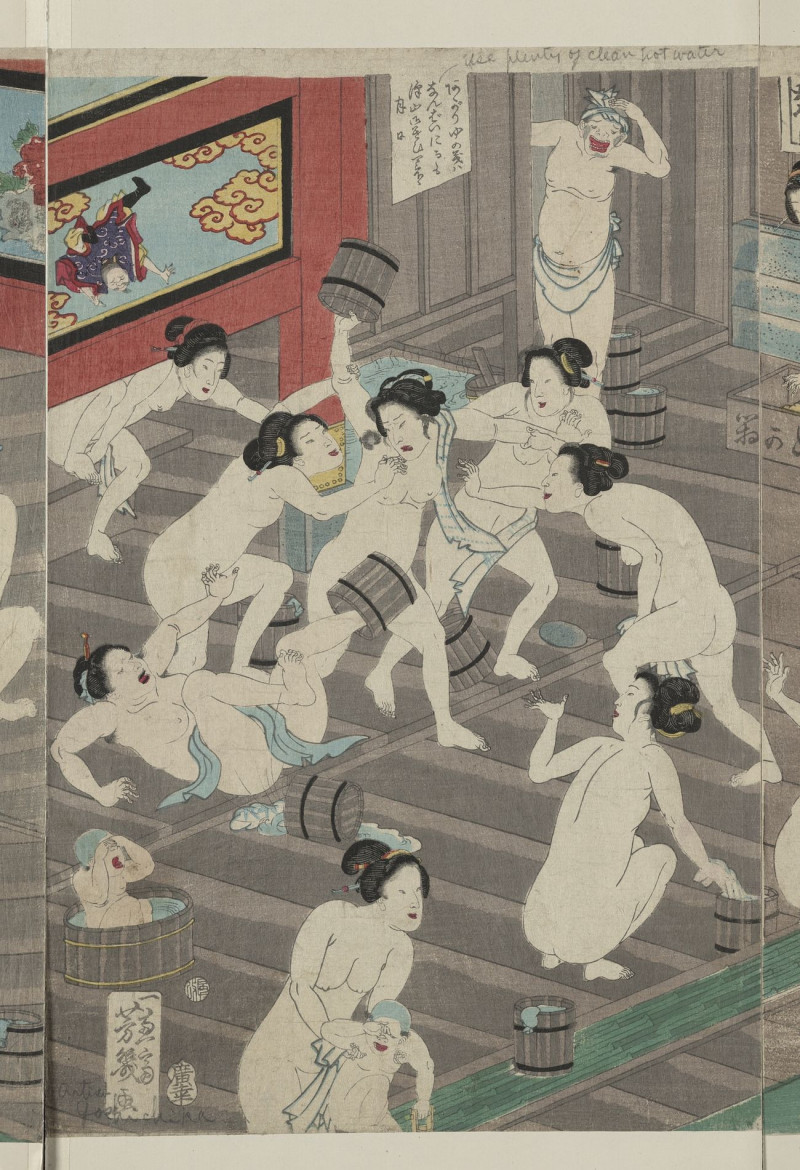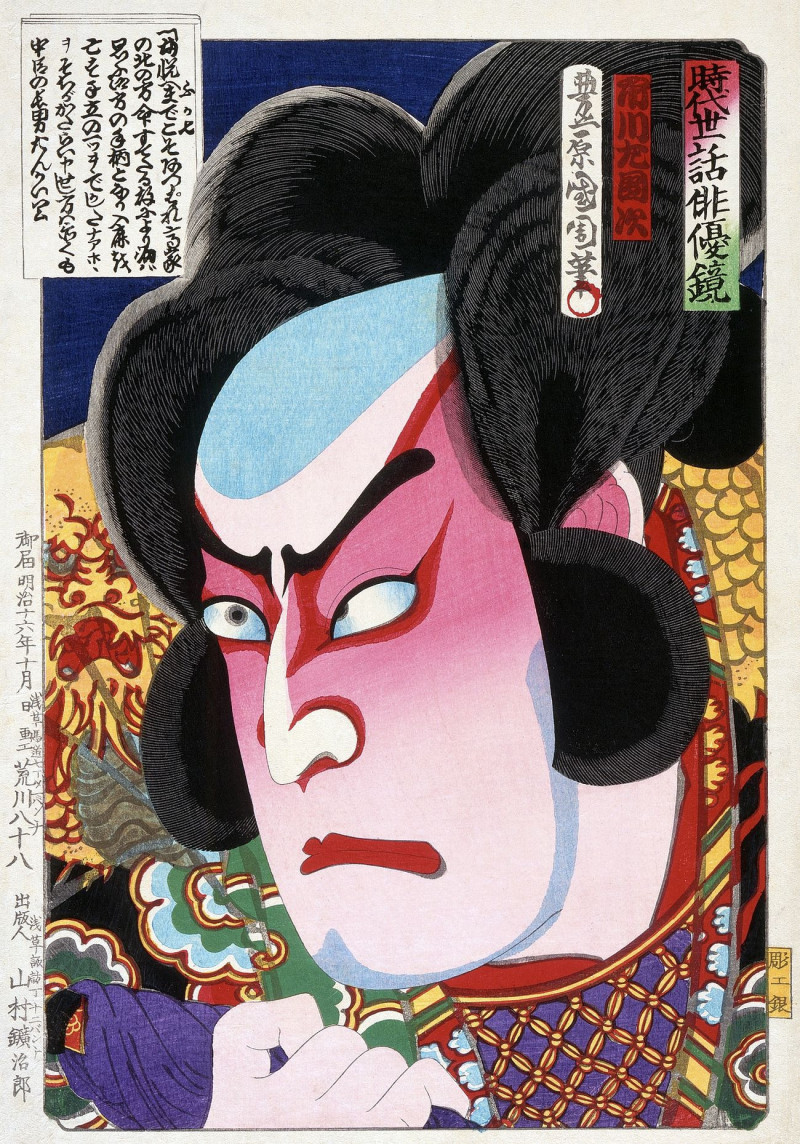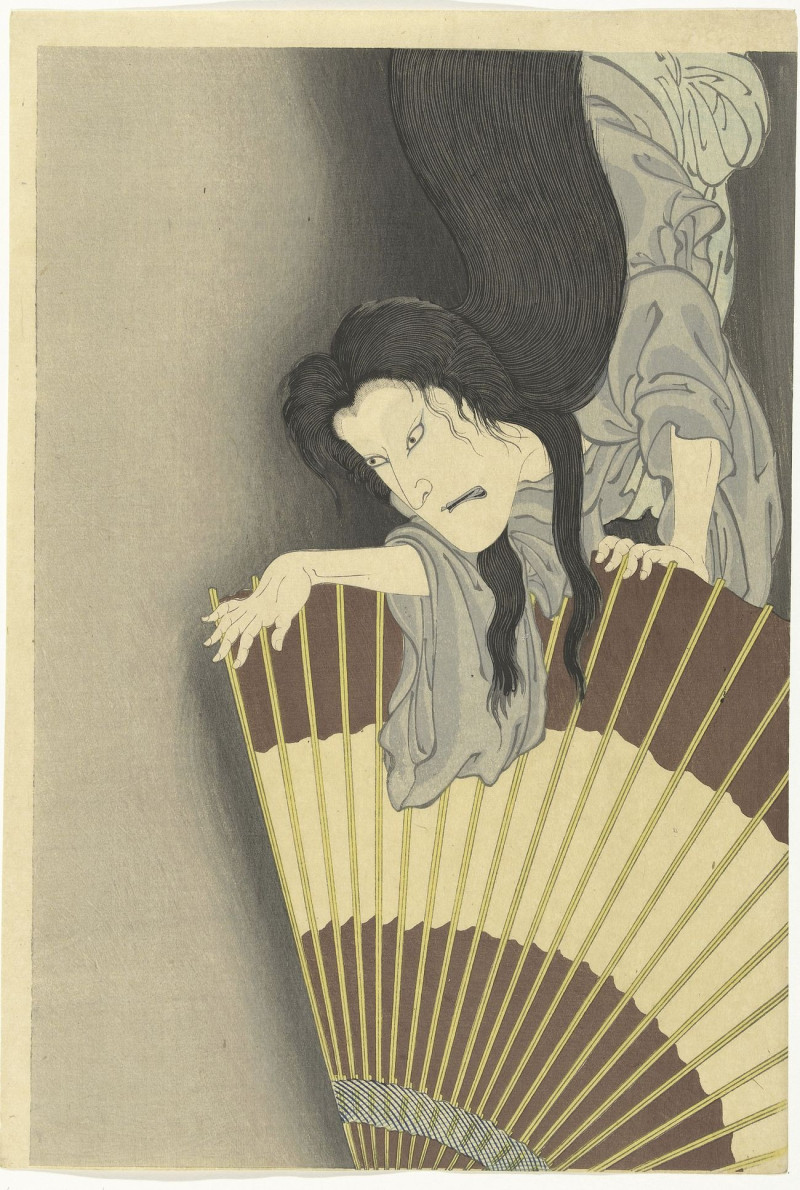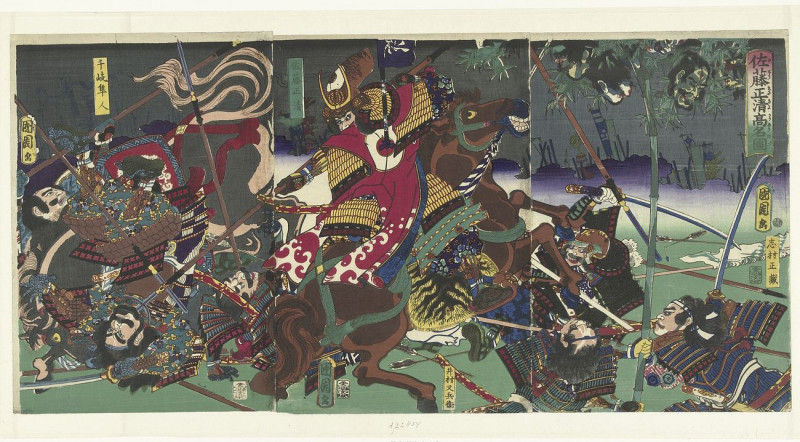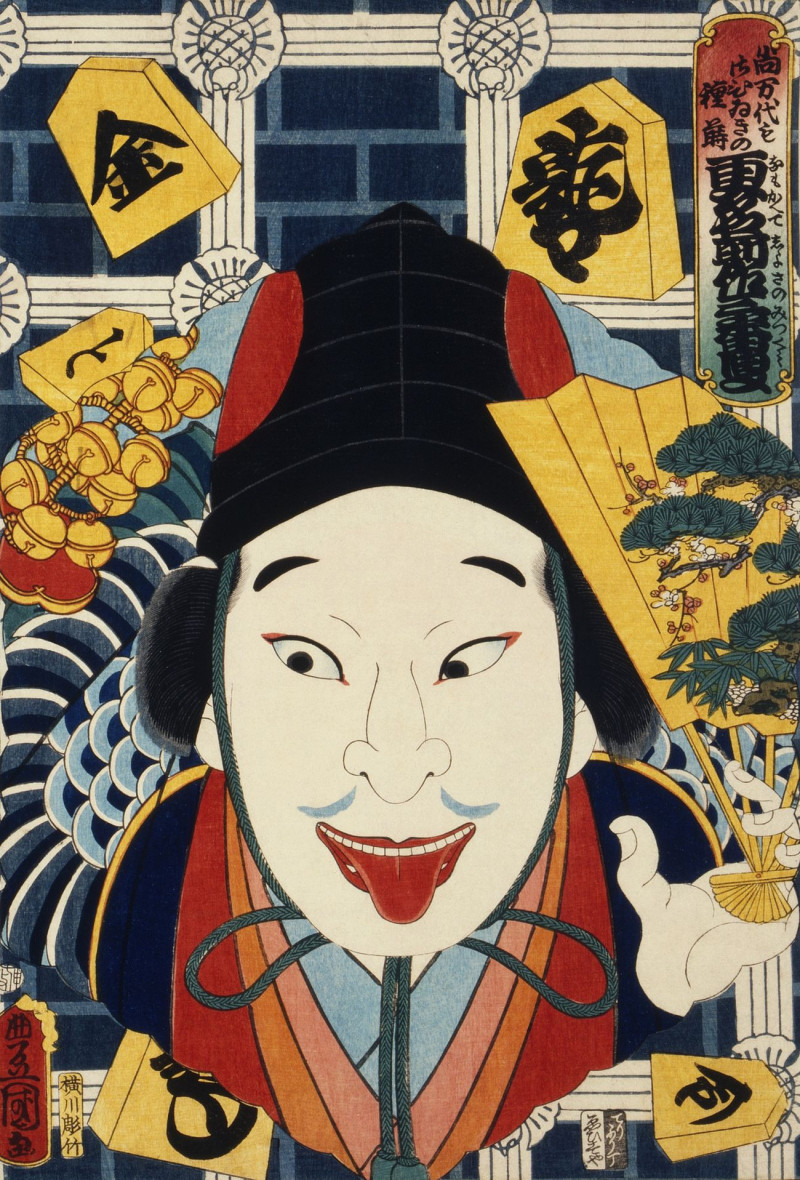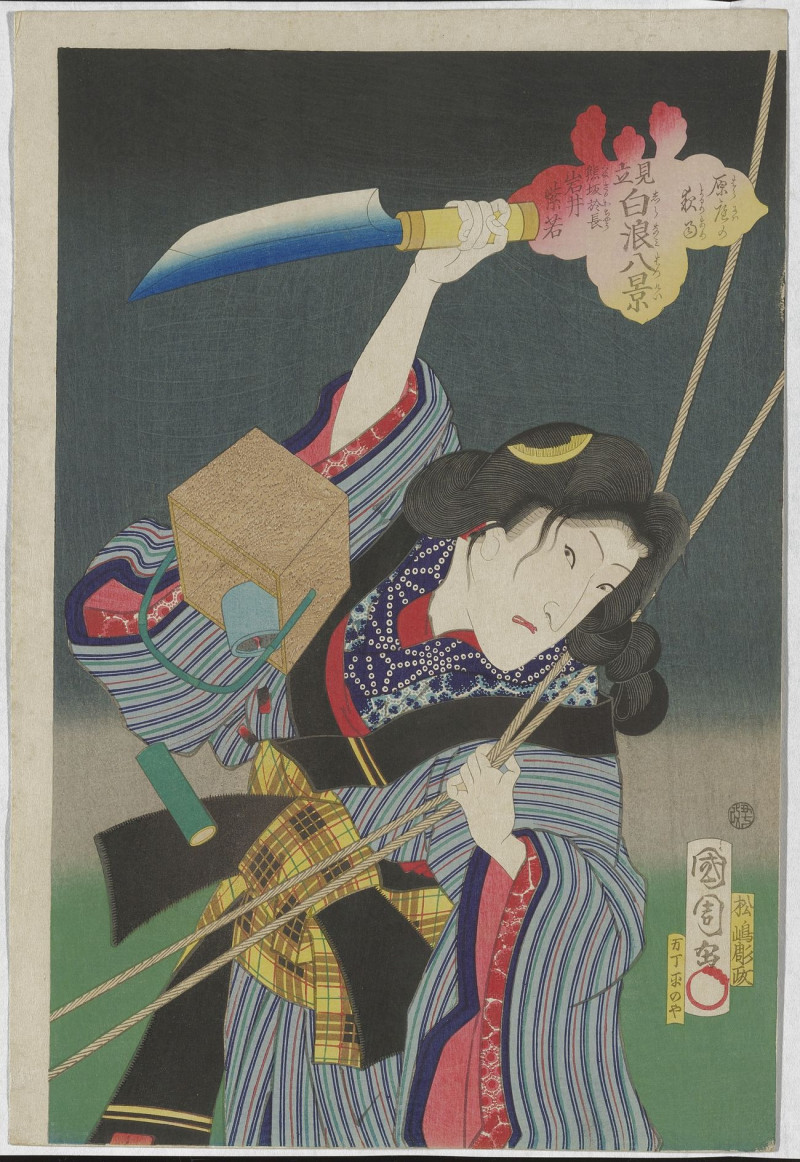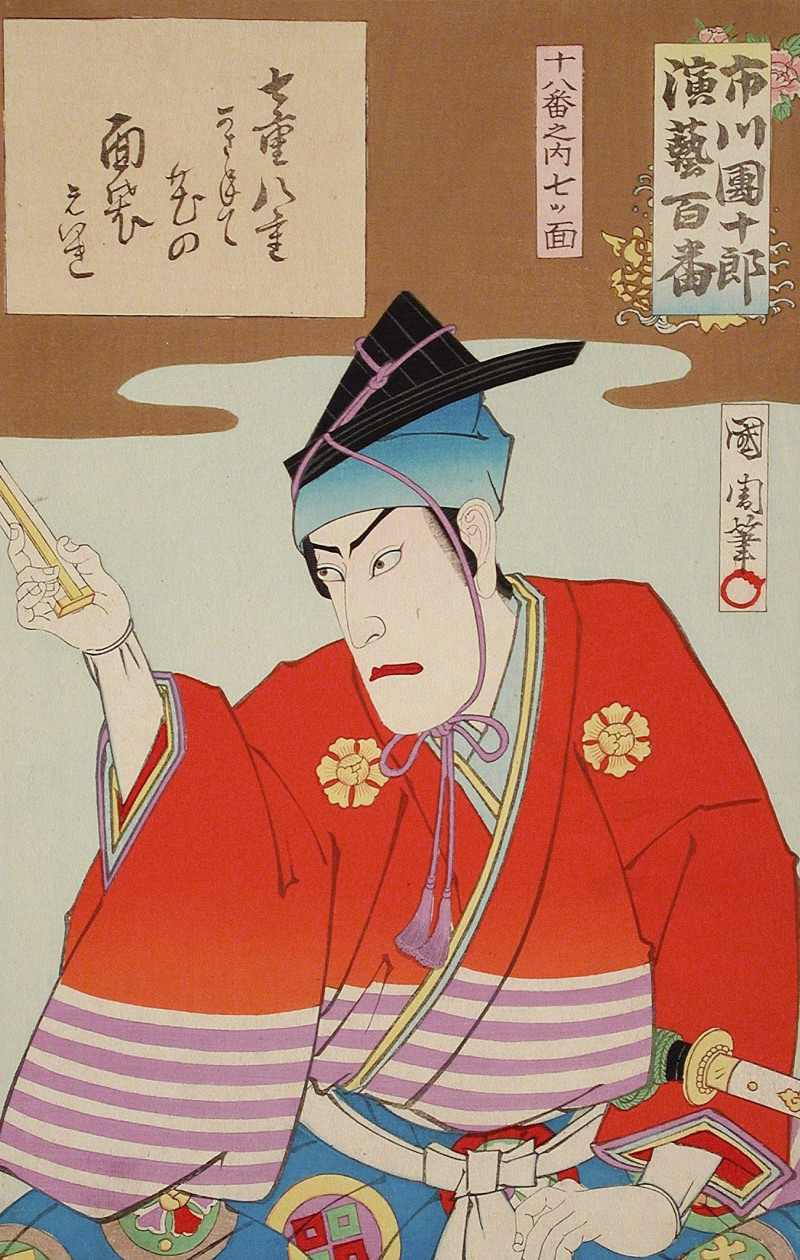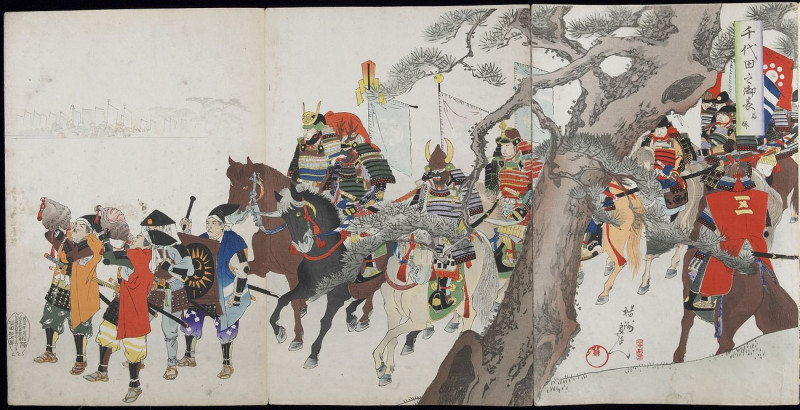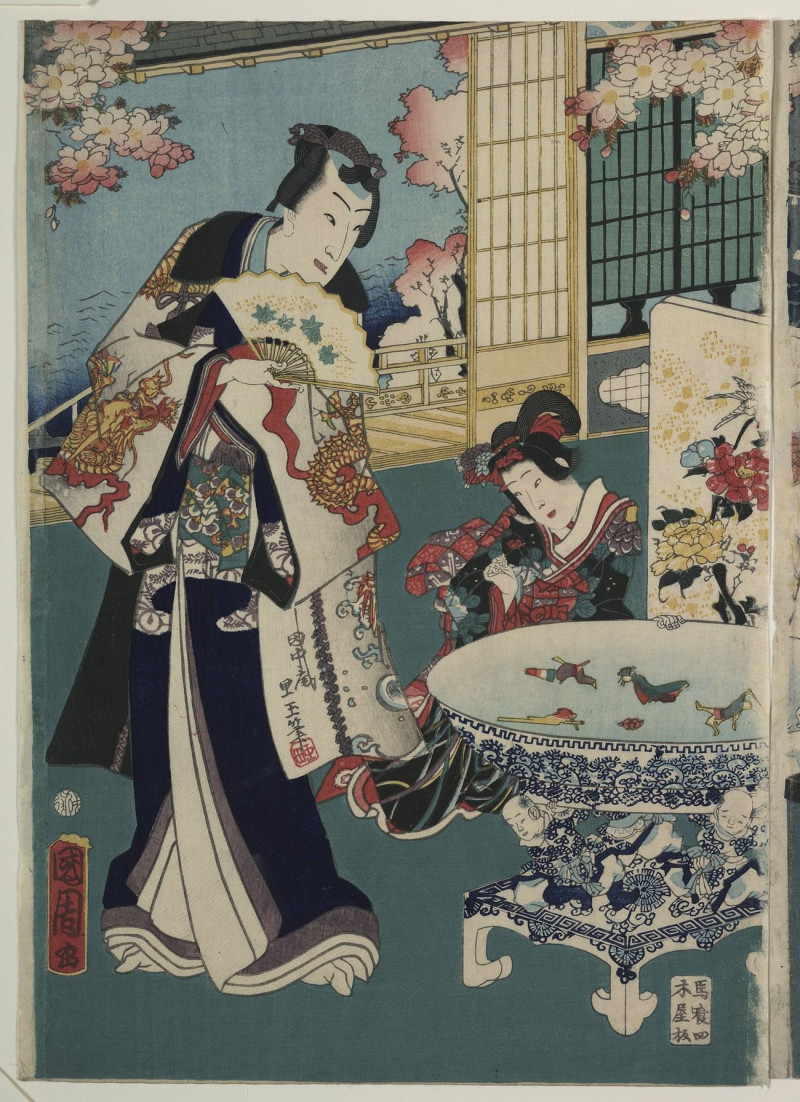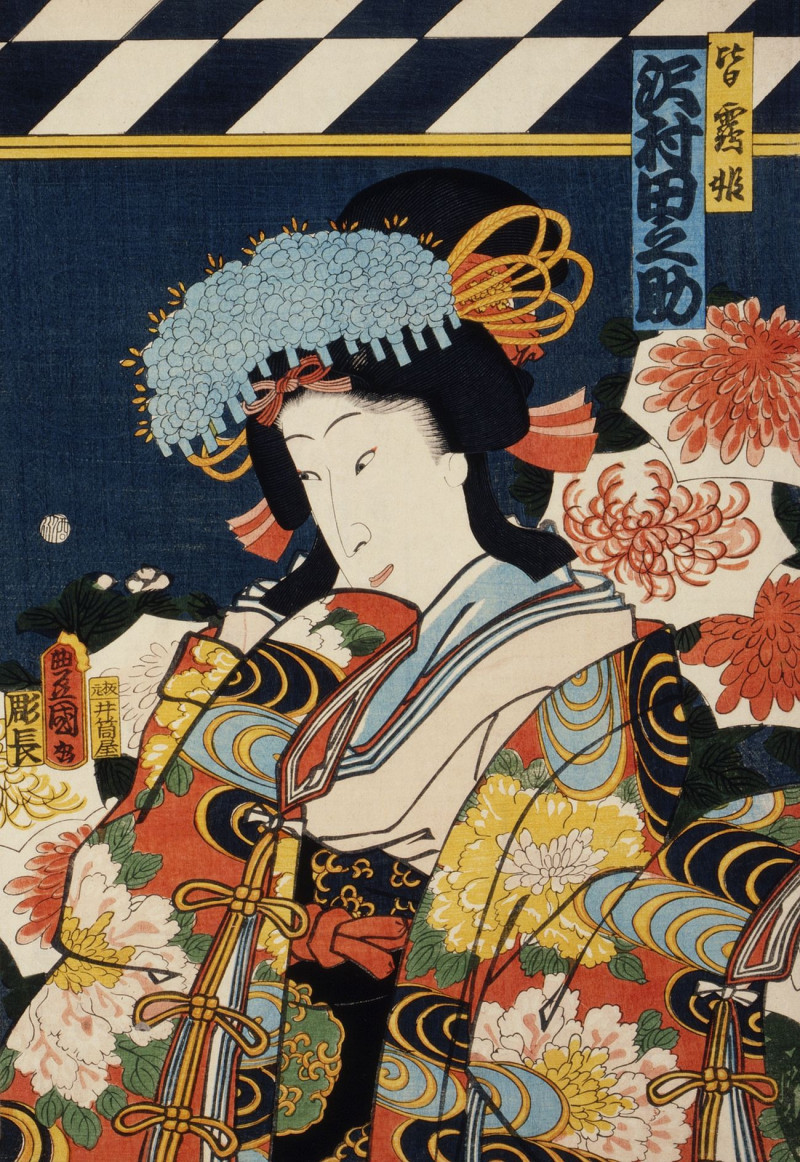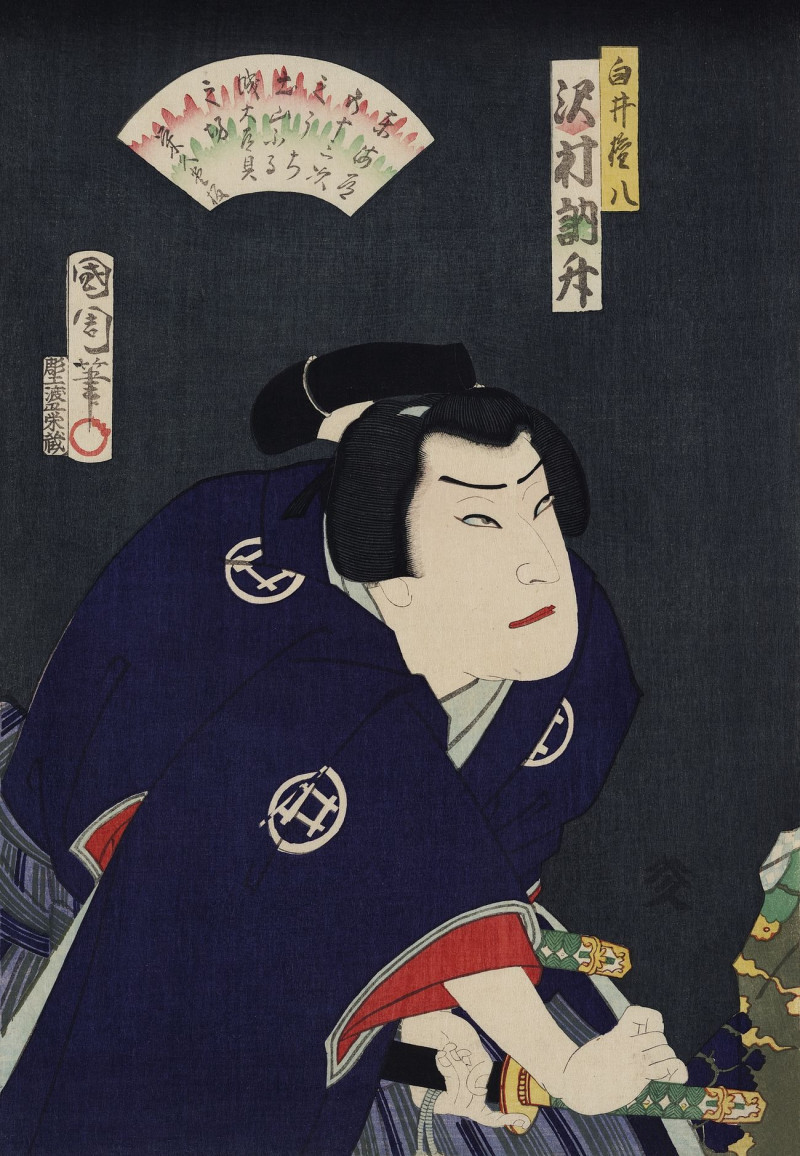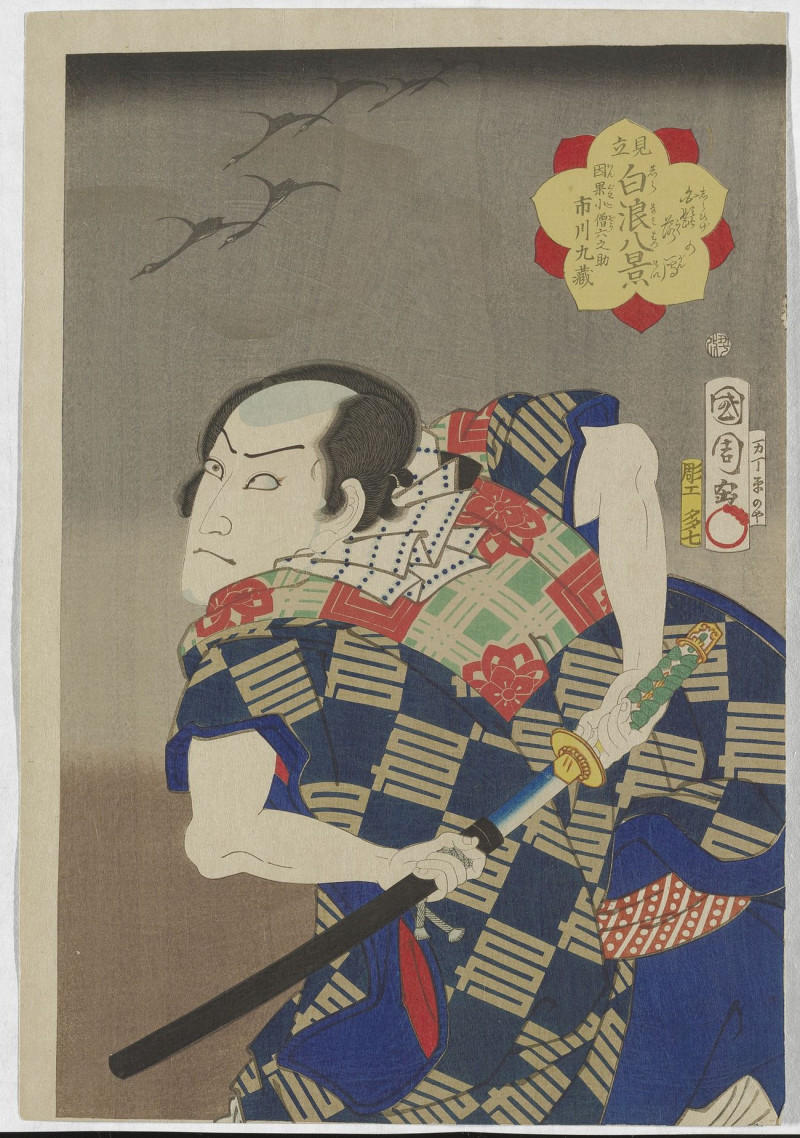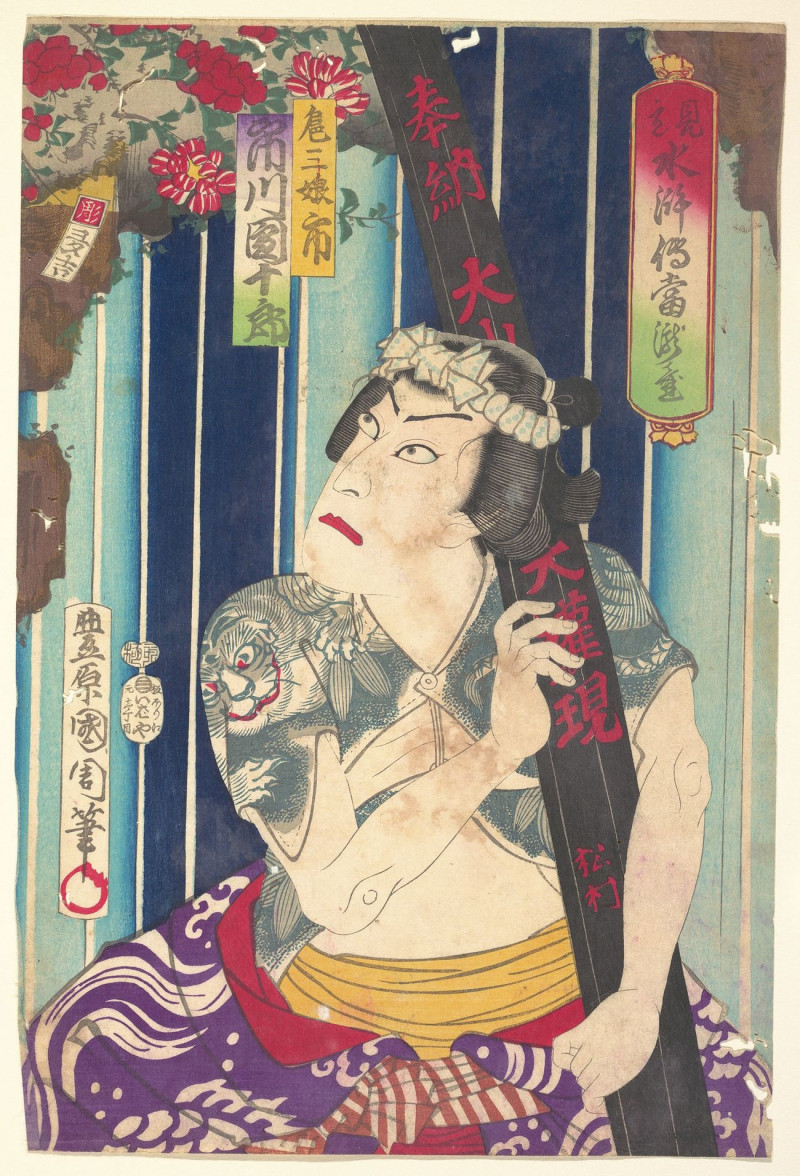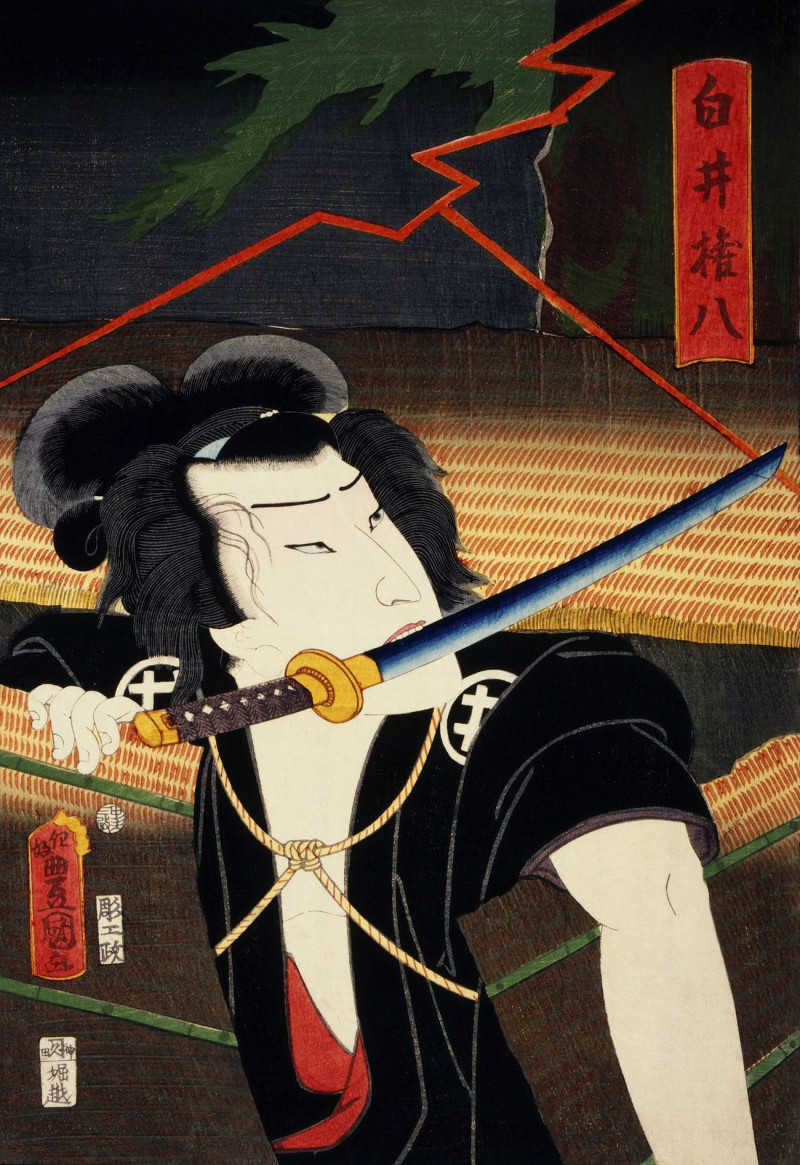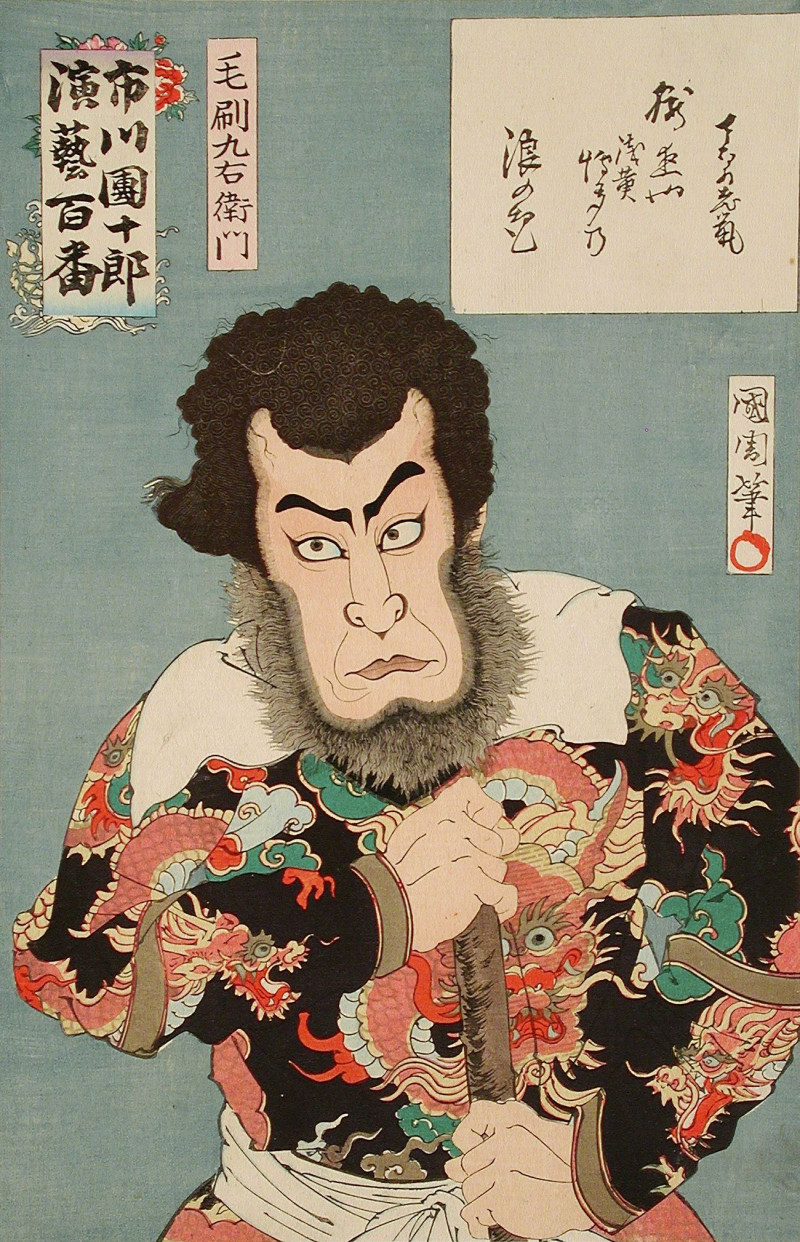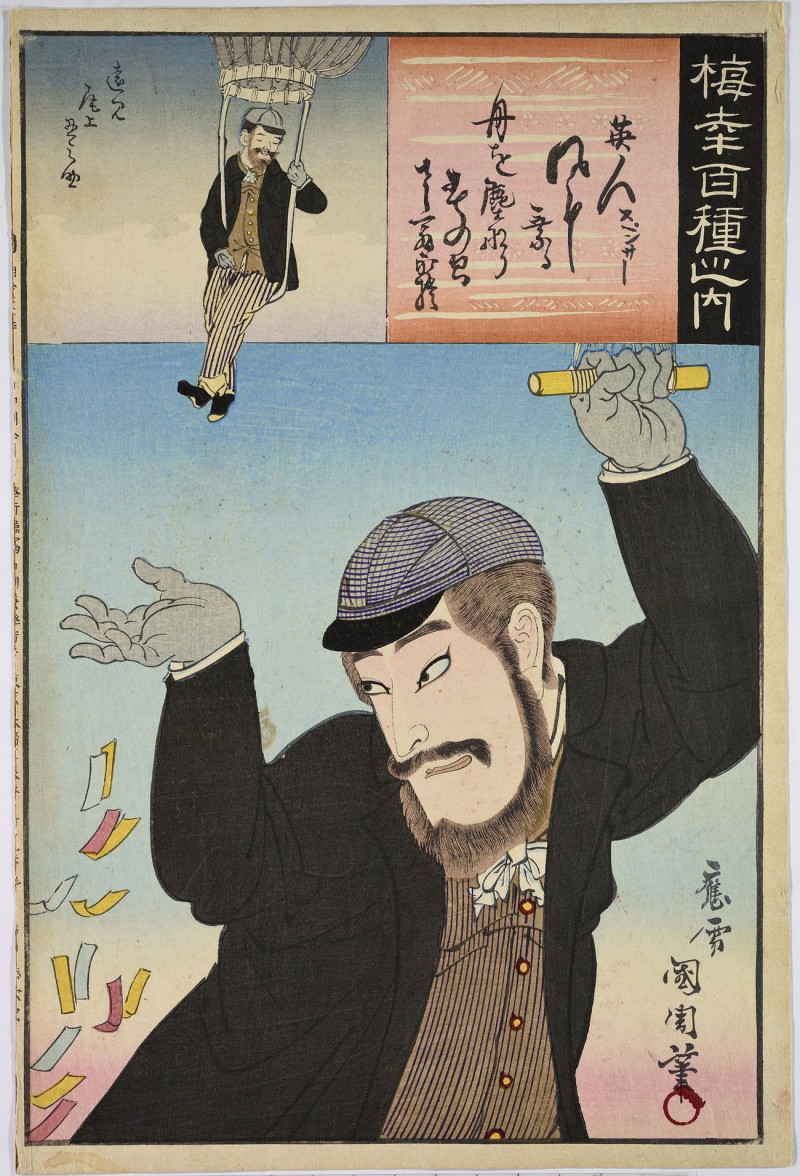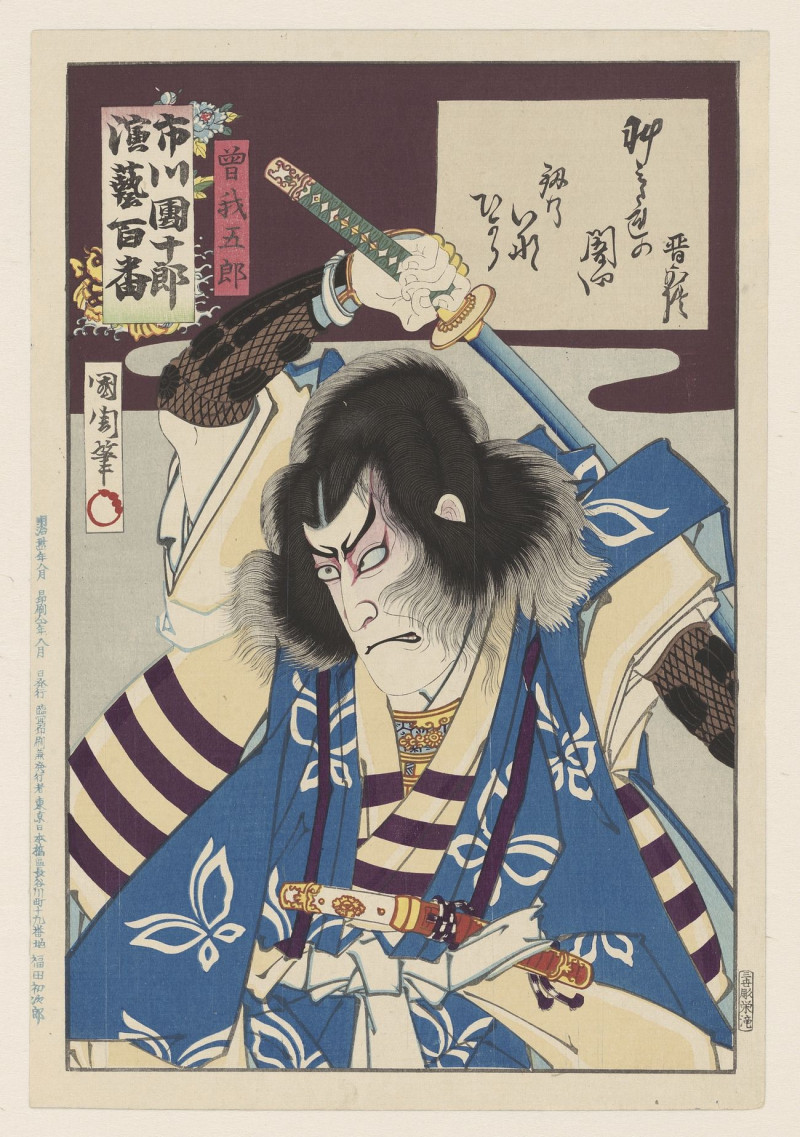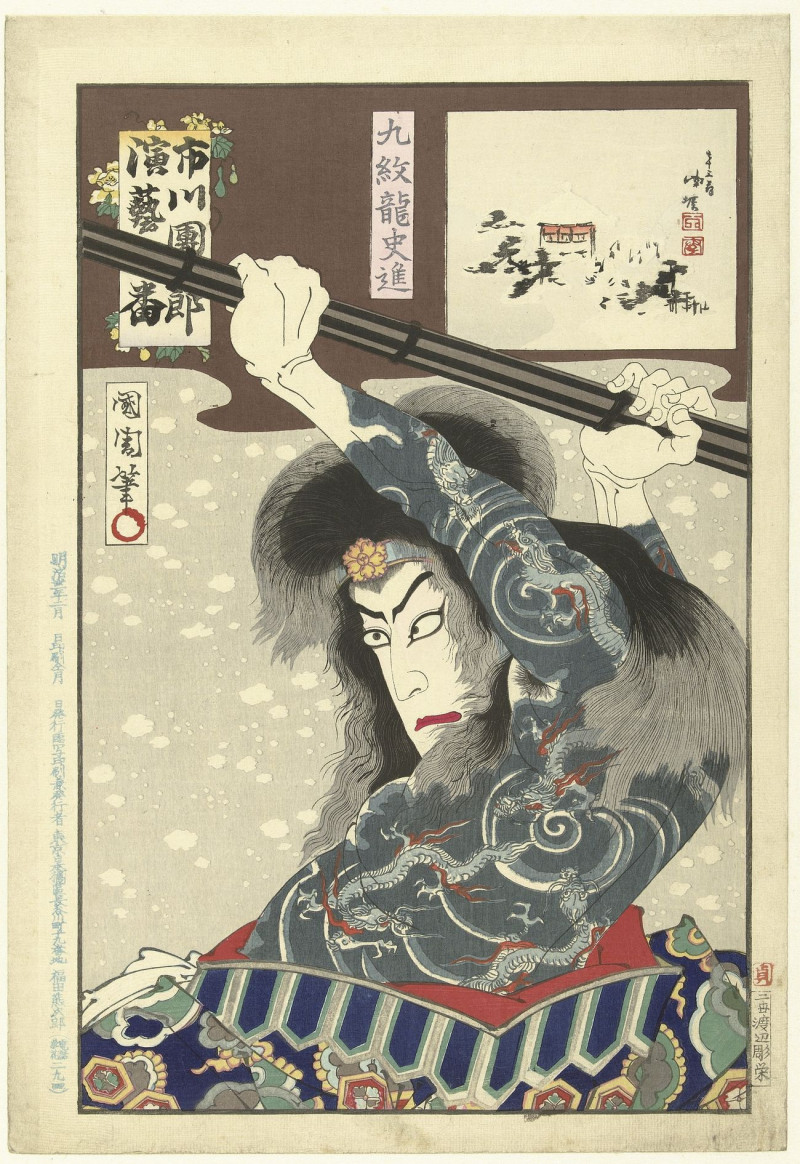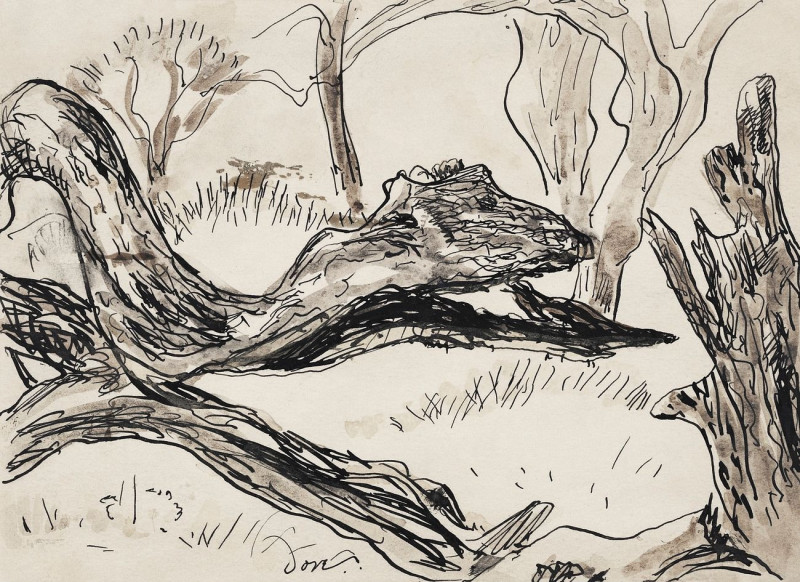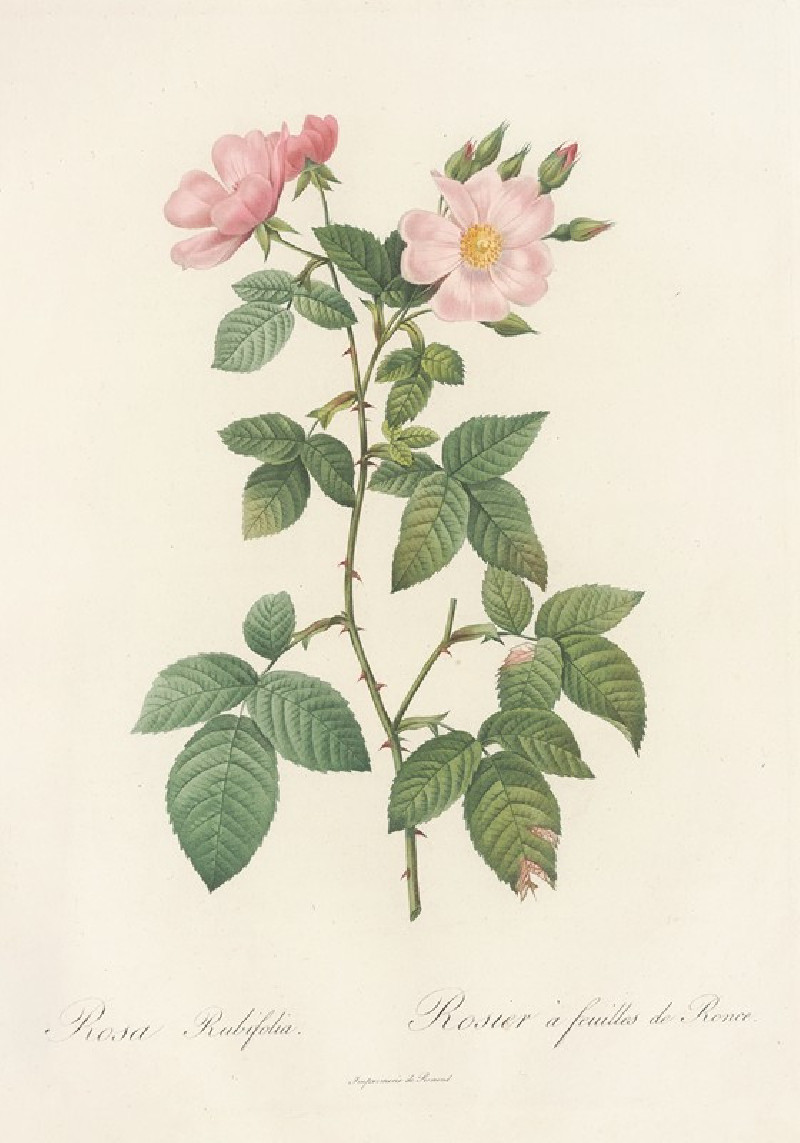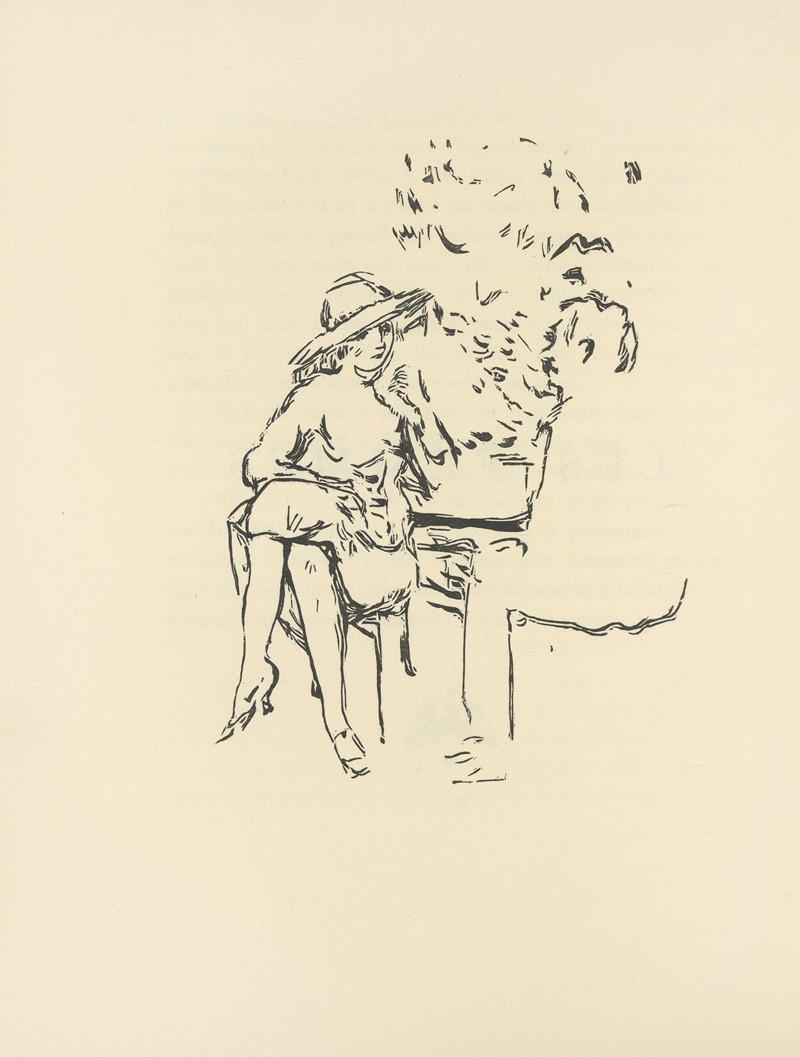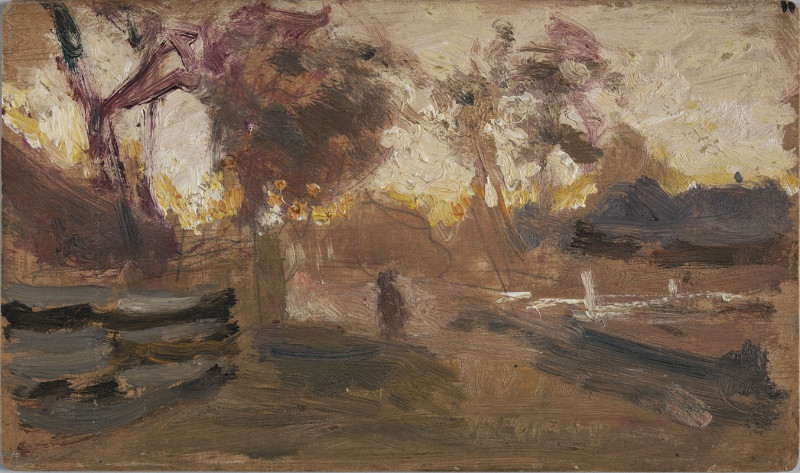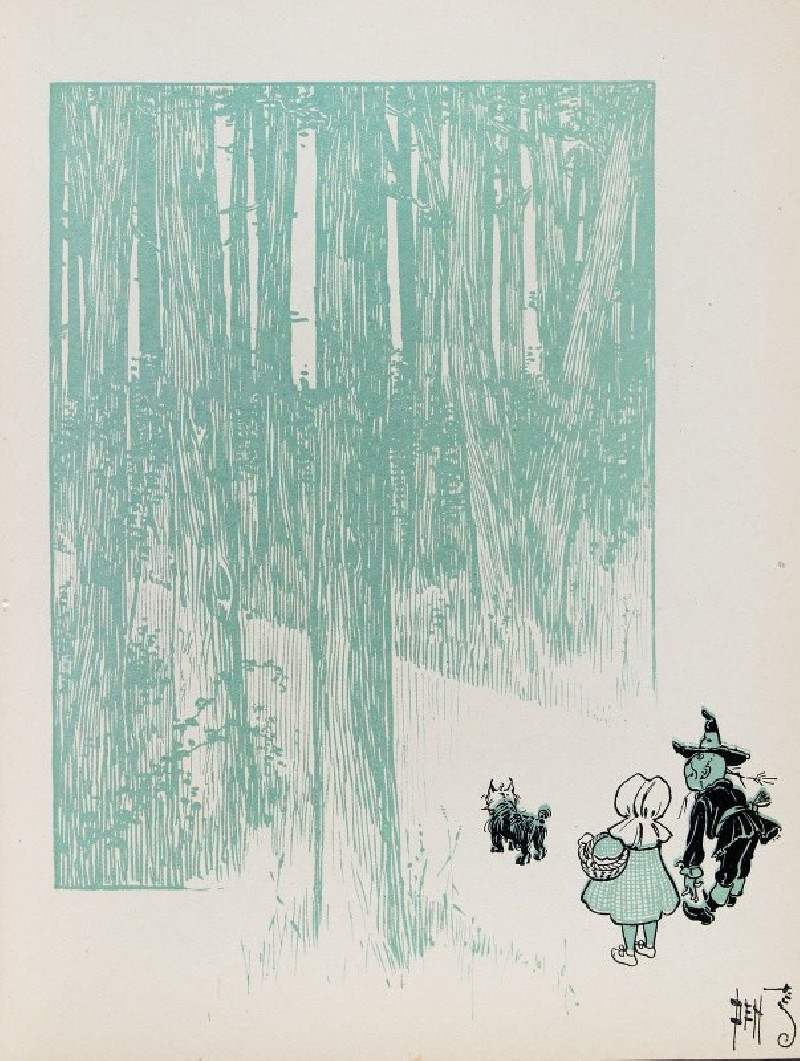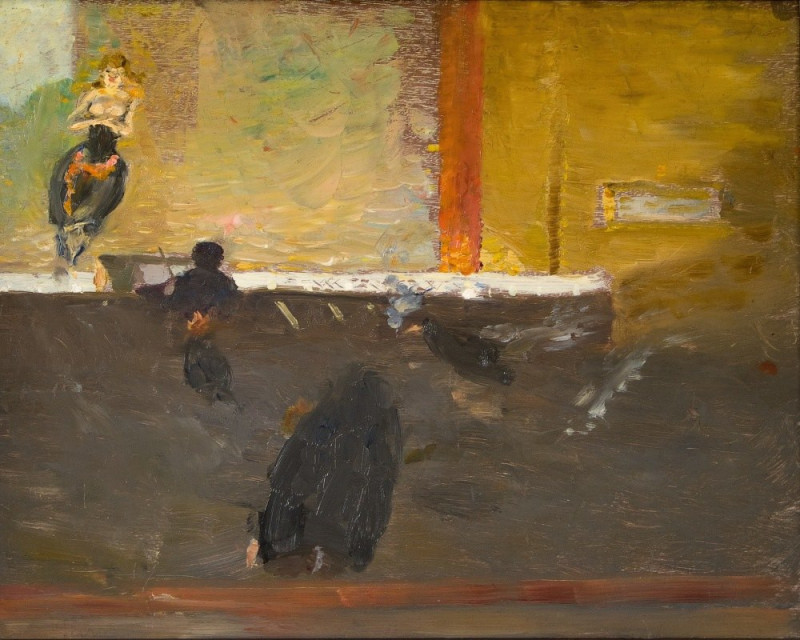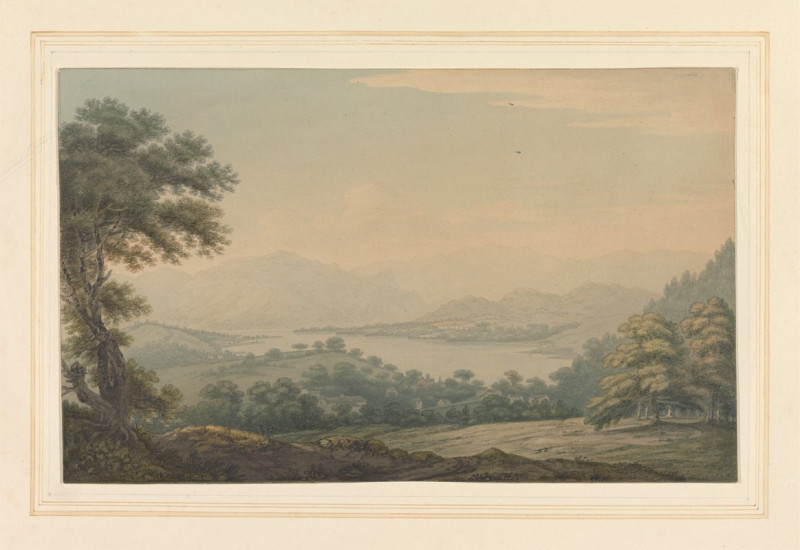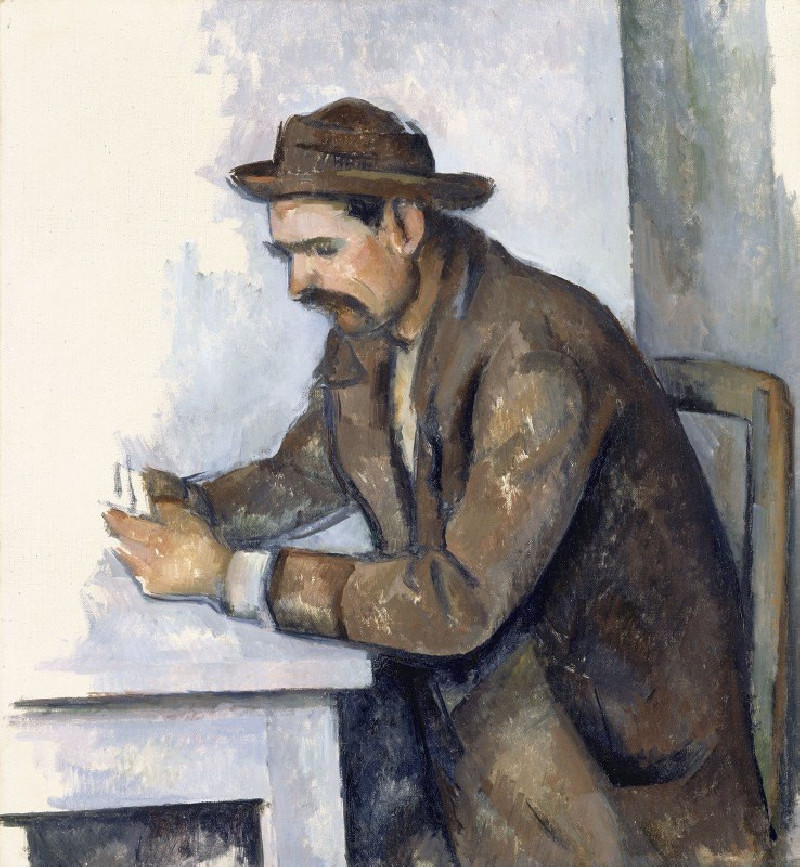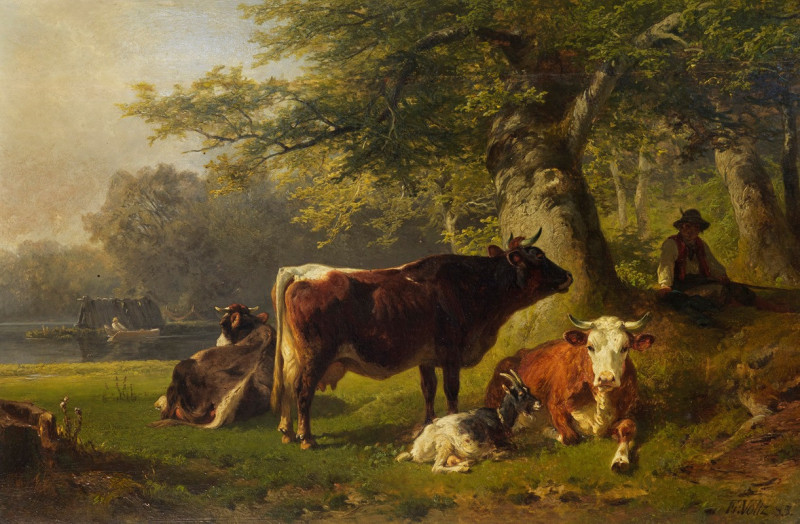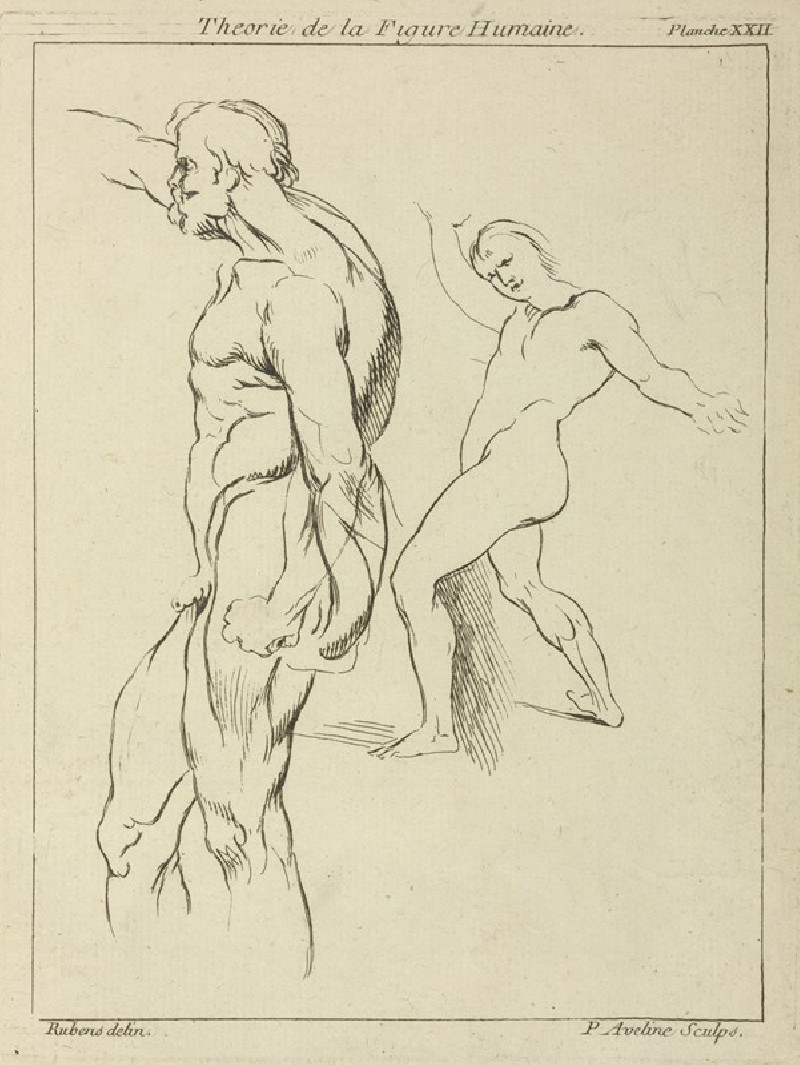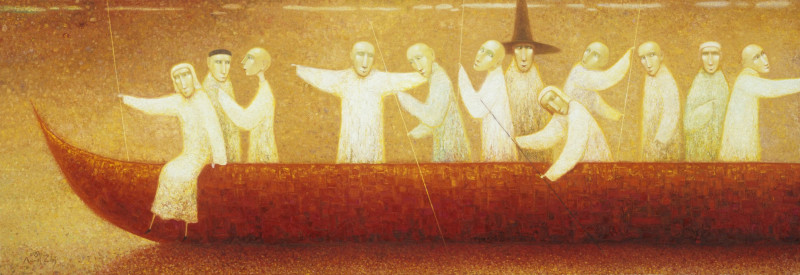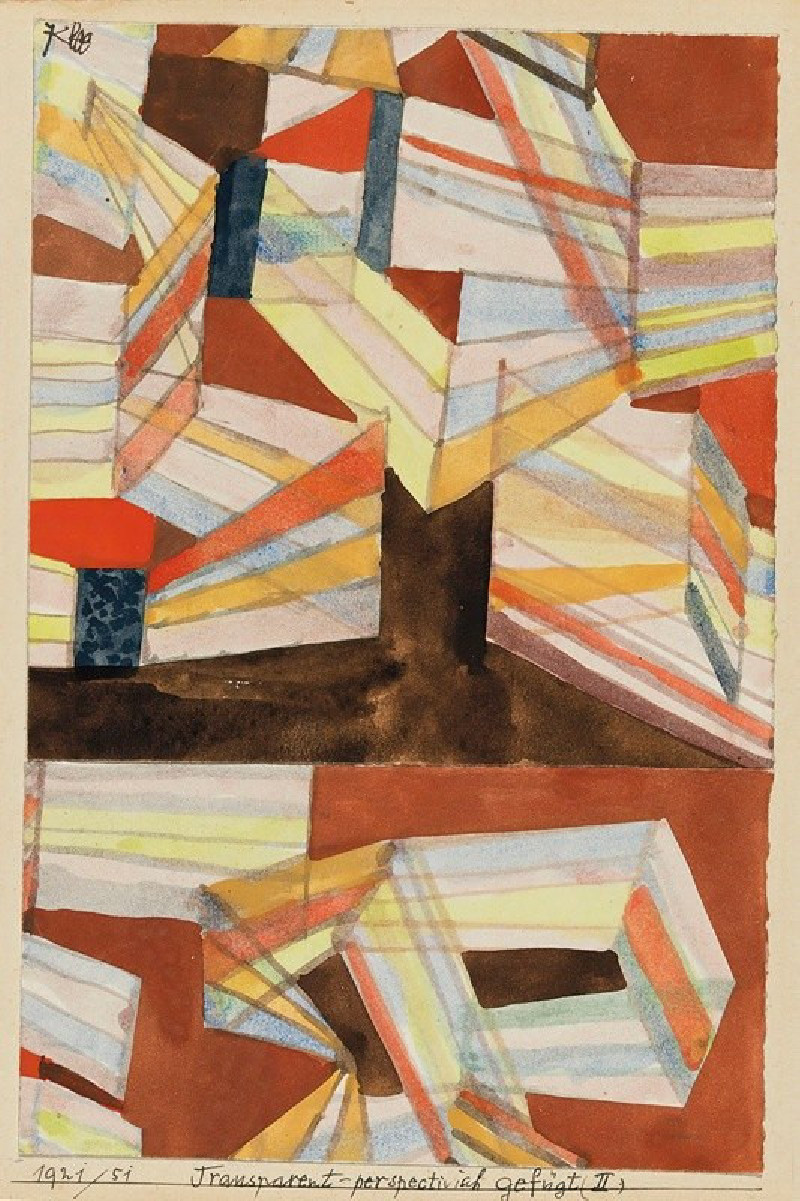Spirit Of A Lion Mask
Technique: Giclée quality print
Recommended by our customers
More about this artwork
The painting titled "Spirit of a Lion Mask" by Toyohara Kunichika is a striking work that features a dramatic and expressive portrayal of a kabuki actor in a lion mask. The artwork shows the actor in full costume, his face strongly characterized by the vivid, painted features of the mask. The mask is white with red and black accents, evoking the fierce and majestic appearance of a lion.The background of the image is filled with detailed and ornate textile patterns, suggesting the luxurious fabric of the actor’s garment. These fabrics are adorned with floral designs and traditional motifs, adding visual richness and texture to the composition. The actor's intense gaze and the sharp, dynamic lines of his face contribute to the overall power and drama of the piece.Adding further cultural context, there are several kanji characters on vertical banners throughout the painting, likely providing information related to the play or the performance being depicted. Such elements emphasize the theatrical and cultural significance of the scene portrayed in this vivid and expressive artwork.

